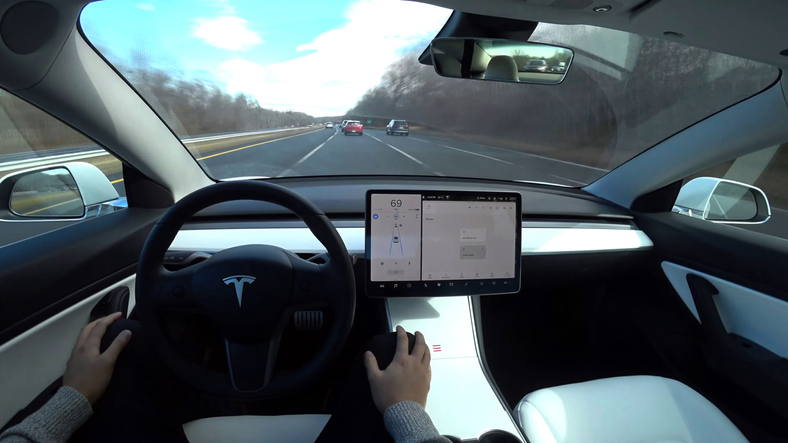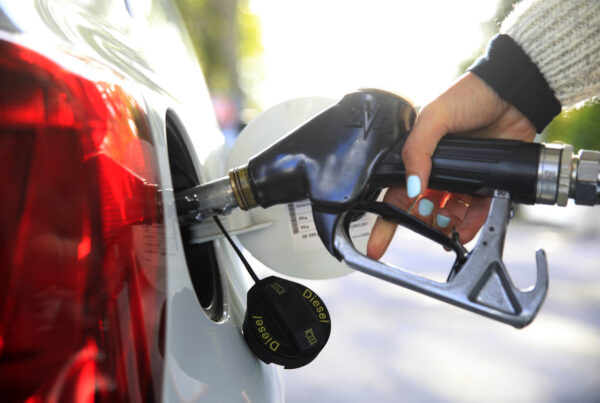Australian scientists will be testing 2-D printed solar panels to power a 15,000 km journey on a Tesla Model 3.
Part of the Charge Around Australia (CAA) project, the solar panel-powered Tesla will journey across the country in September. This, according to the team, can potentially help Australians in their decision to switch to electric vehicles by easing range anxiety.
“(The) community is seeking these sorts of answers to the problems it’s being presented with, day in, day out, around climate change,” said Professor Paul Dastoor, the inventor of the printed solar panels.
The panels are made from lightweight, laminated PET plastic that can be made for less than $10 a square metre. They are made on a commercial printer originally used for printing wine labels.
During the 84-day journey, CAA founder Stuart McBaine and his team will be visiting around 70 schools to share with students the potential that these printed solar cells hold.
Each 18 meters long, these panels will be rolled out next to the vehicle to soak up sunlight when the vehicle needs charging.
The team will be testing both the endurance of the panels as well as its potential performance for other applications.
“This is actually an ideal test bed to give us information about how we would go about using and powering technology in other remote locations, for example, in space,” Professor Dastoor said in a report.




















